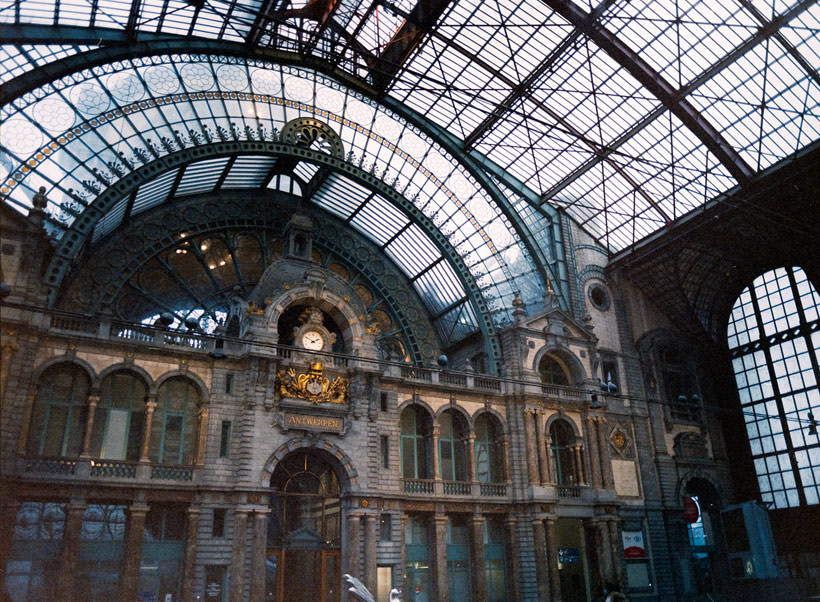
I recently acquired an old Mamiya 645 (original model) medium format camera with a bunch of lenses. Years ago I dabbled a bit in analog photography with my dad's old Canon AV-1, and I recently felt the itch to once again pick up taking pictures on film.
Then, suddenly, this camera popped up for the right price at the right time, so I decided to go for it!
A few first impressions:
- This thing is heavy, but it feels right. It's substantially larger than most 35mm cameras, but not unreasonably so. Just throwing it in my bag with my other stuff won't be an option though.
- The camera came with an aditional prism viewfinder with a built in light meter. Its light meter is either broken or highly inaccurate, but there's an app available on iOS called Pocket Light Meter which the camera of your phone to calculate your aperture and shutter speed. It's a bit of a bummer that this is an extra step in the process, but that's not that big of an issue because...
- ... This camera really forces you to slow down before you take a picture. It was clearly not designed as an action camera as focussing is much slower (and much more important in medium format, as in general the Depth of Field is much narrower for the same Field of View compared to 35mm). This of course is part of its charm nowadays.
- The waist viewfinder really feels counterintuitive at first. The image is flipped horizontally which just feels off after decades of experience with modern systems.
- This camera also included a regular prism viewfinder which feels more in line with a 'normal' camera, but this of course also lacks a bit of the charm.
There was an old roll of film (a Kodak Portra 400 color film roll, to be exact) inside that was in there for at least 10 years. I finished the roll fully expecting it to have washed out colors, but it's actually still quite ok? The only issue I have is that I still need to find a way to digitise these images that works for me.
At the moment I taped the developed roll to a light panel and took a picture of it with a macro lens on my Fuji XT-3, after which I imported the pictures to Lightroom to be processed with Negative Lab Pro, a plugin to correctly invert a negative roll of film to a positive image, but there are some odd light streaks on the sides of the images which seem to be caused by the light panel. This method seems to have a lot of potential, but I'm still figuring out the small details for this.
